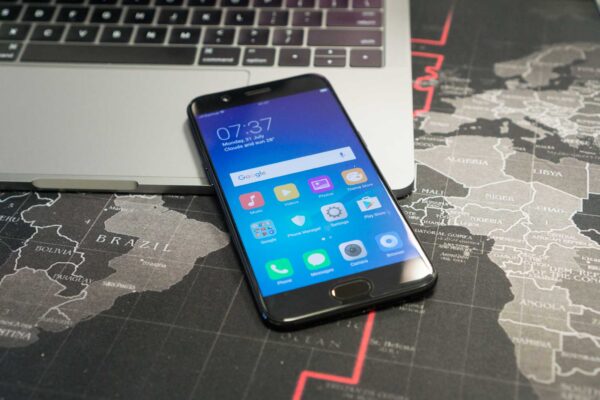
OPPO’s latest flagship is the R11, the world’s first smartphone that features a 20MP front camera and a rear 16MP + 20MP dual-camera setup. The R11 exemplifies the Chinese manufacturer’s long-standing focus on photography in their smartphones. The specs are otherwise mid-tier, with an appropriate price tag to match.
The R11 looks somewhat similar to the R9s which I had reviewed last year. It’s supposed to look like the iPhone, which is something that OPPO’s primary Chinese market views positively. We don’t care that much to have an Android smartphone that looks the same as an iPhone, and to some extent, the R11 thankfully is less like the iPhone than the R9s did, particularly with the sharper edge around the sides.
On the front of the R11, Corning Gorilla Glass 5 covers the Full HD 1920×1080 resolution display underneath it. The glass sticks out a little without the 2.5D curves like is popular in other smartphones, and indeed also in the R9s that preceded this smartphone.
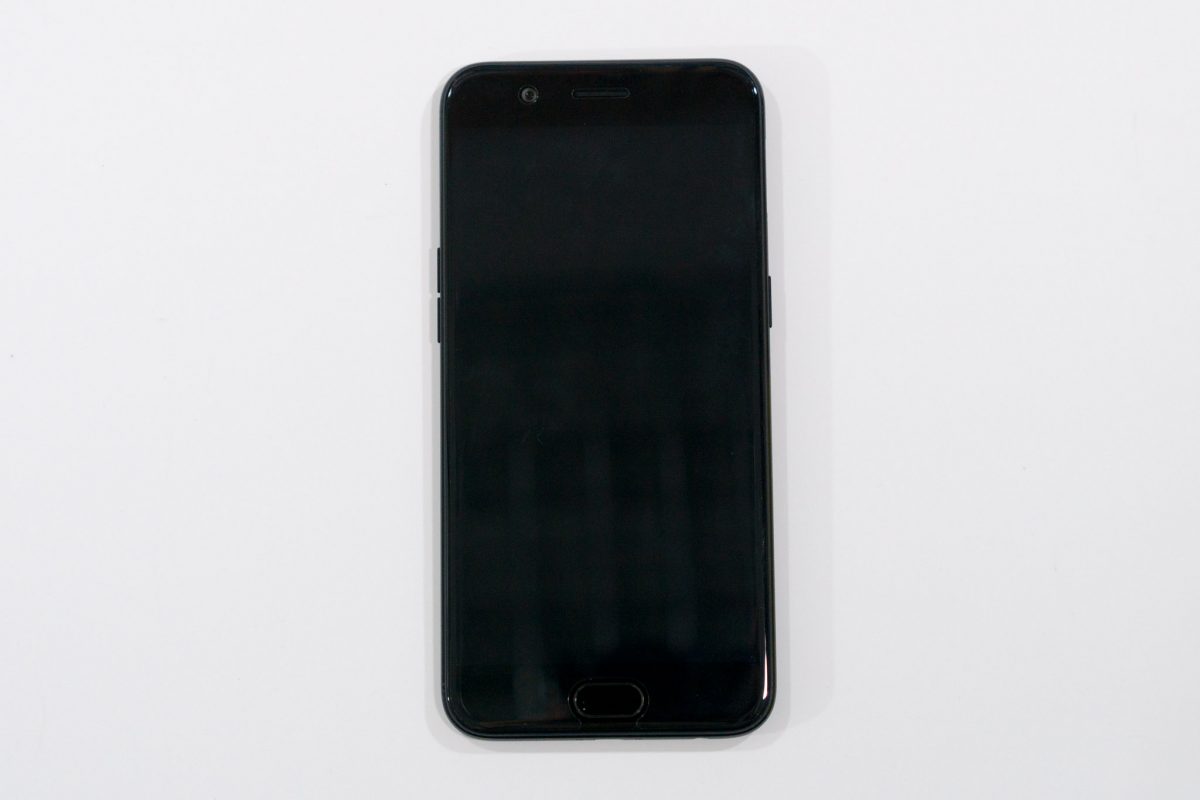
The 5.5-inch display is driven by an AMOLED panel, capable of deep blacks and bright, vibrant colours.
The capacitive home button below the display incorporates a fingerprint reader. It’s physically recessed just a little bit so its position is obvious. Two more capacitive Android navigation buttons, with back-lighting, flank either side of the home button.
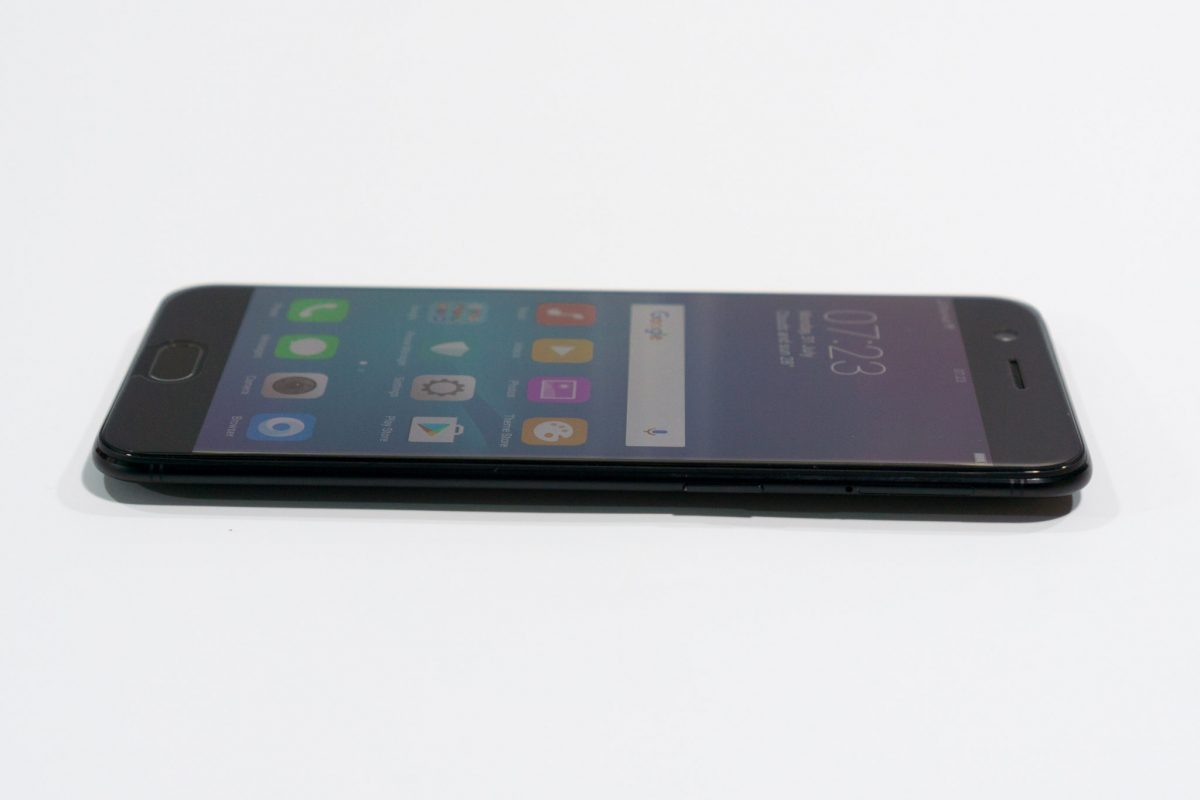
Around the right side, you’ll find a SIM card tray and a power button. The SIM card tray takes in two nano-SIM cards, with the second one capable of accepting a microSD card instead.
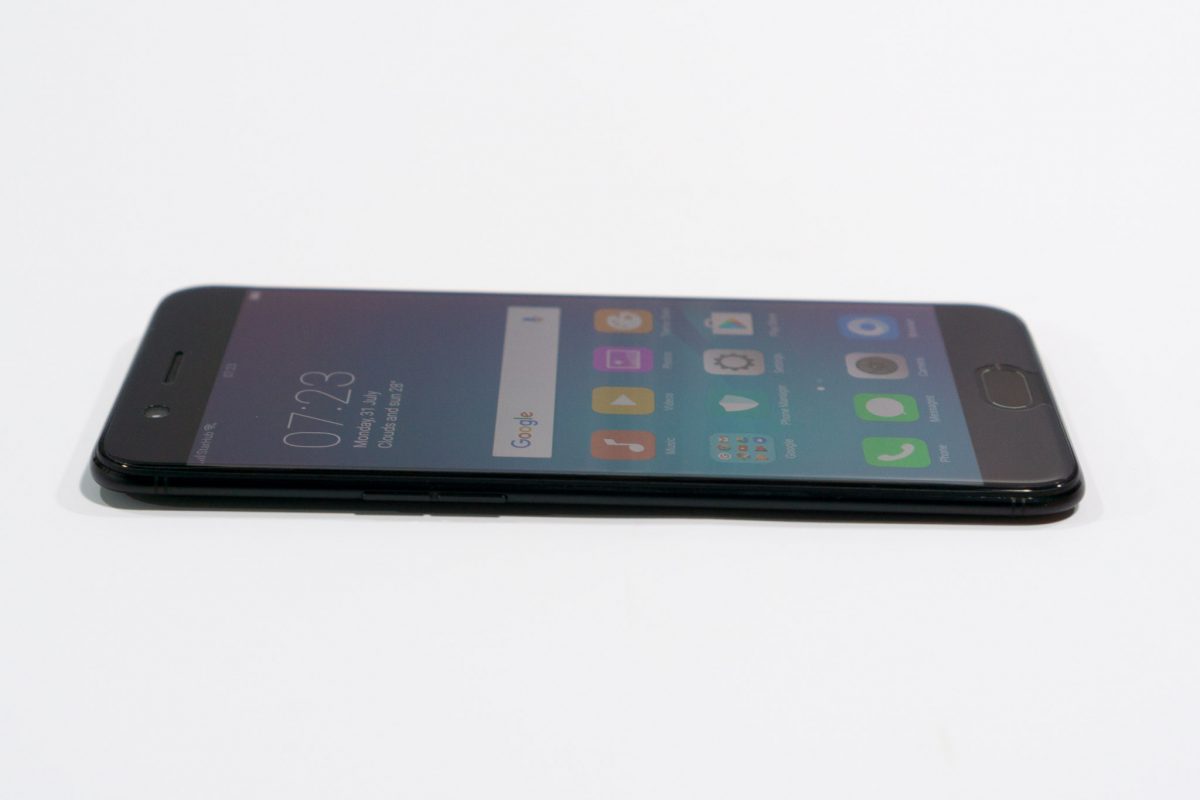
On the left side, you’ll find individual buttons for volume up and down.
At the bottom, you’ll find a Micro-USB port, as well as a 3.5 mm audio jack. I’m happy to have the 3.5 mm audio jack, but by now, a USB Type-C (USB-C) port might have become preferred over Micro-USB.
On the back, you’ll see the dual camera setup. The primary camera is a 16MP sensor with f/1.7 lens used for wide-angle shots, while a secondary camera with 20MP sensor and f/2.6 lens provides 2x optical zoom for telephoto shots. The R11 doesn’t combine shots from both sensors to make better photos.
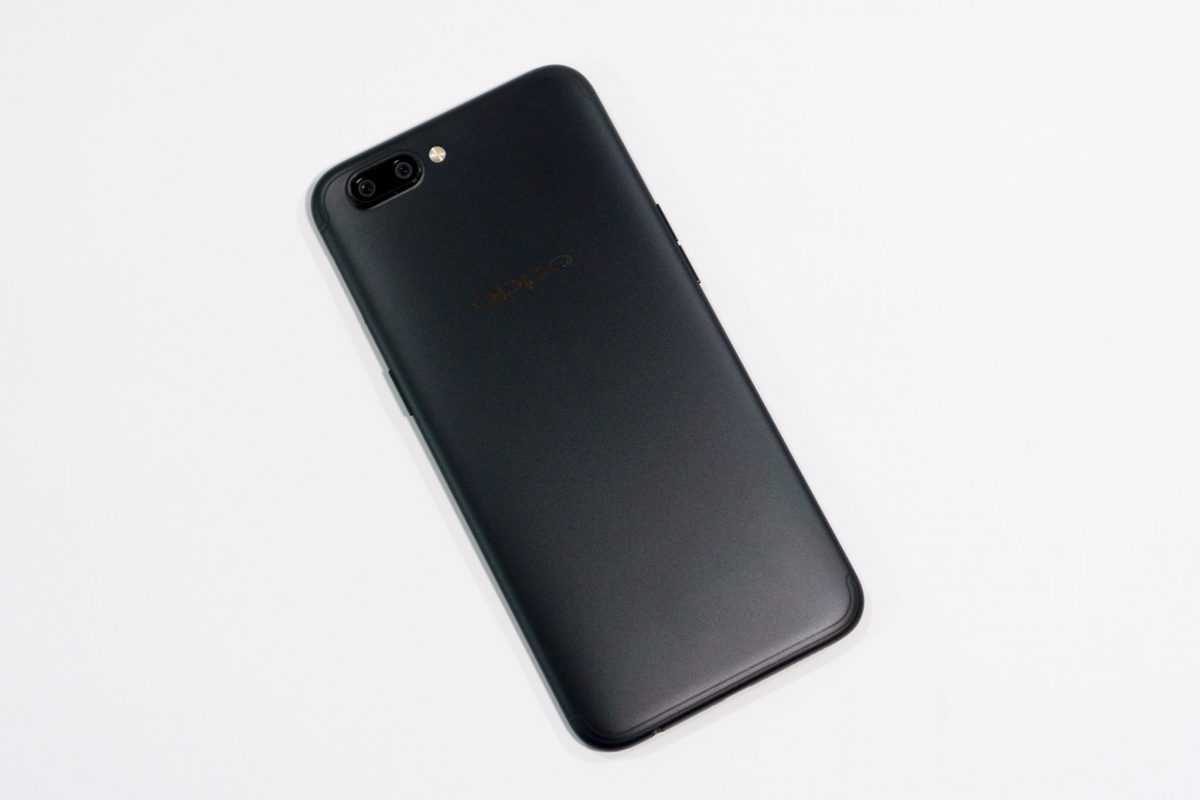
The front camera, as mentioned before, is a 20MP shooter.
The all-metal build of the OPPO R11 feels solid. It’s also quite slim, and comfortable to hold in one hand. The R11’s dimensions are 154.5 x 74.8 x 6.8 mm, and weighs 150 g. I would describe the design as nice, though not particularly outstanding. This can be a good thing for people like me who prefer not for my smartphone to be attention-grabbing.
Under the hood, the OPPO R11 is powered by the Qualcomm Snapdragon 660 processor. It’s supported by 4 GB of RAM and 64 GB of flash storage, the latter expandable to 256 GB with a microSD card.
The OPPO R11 offers the standard 802.11 a/b/g/n/ac dual-band Wi-Fi and Bluetooth 4.2 with A2DP and LE. GPS with A-GPS, and GLONASS, is supported for positioning.
The 3,000 mAh battery capacity doesn’t seem like much, but the OPPO R11 pulls through a full day of moderate use with no trouble. This is no doubt helped by not going with a higher resolution display, choosing an AMOLED panel, and going with a high mid-range Qualcomm processor. If you do need to charge up in a hurry, the OPPO R11 supports VOOC fast charging technology which brings the battery from 0 to 70 percent capacity in just thirty minutes.
Sadly, the OPPO R11 doesn’t have NFC, so unfortunately apps like Android Pay aren’t going to work on it.
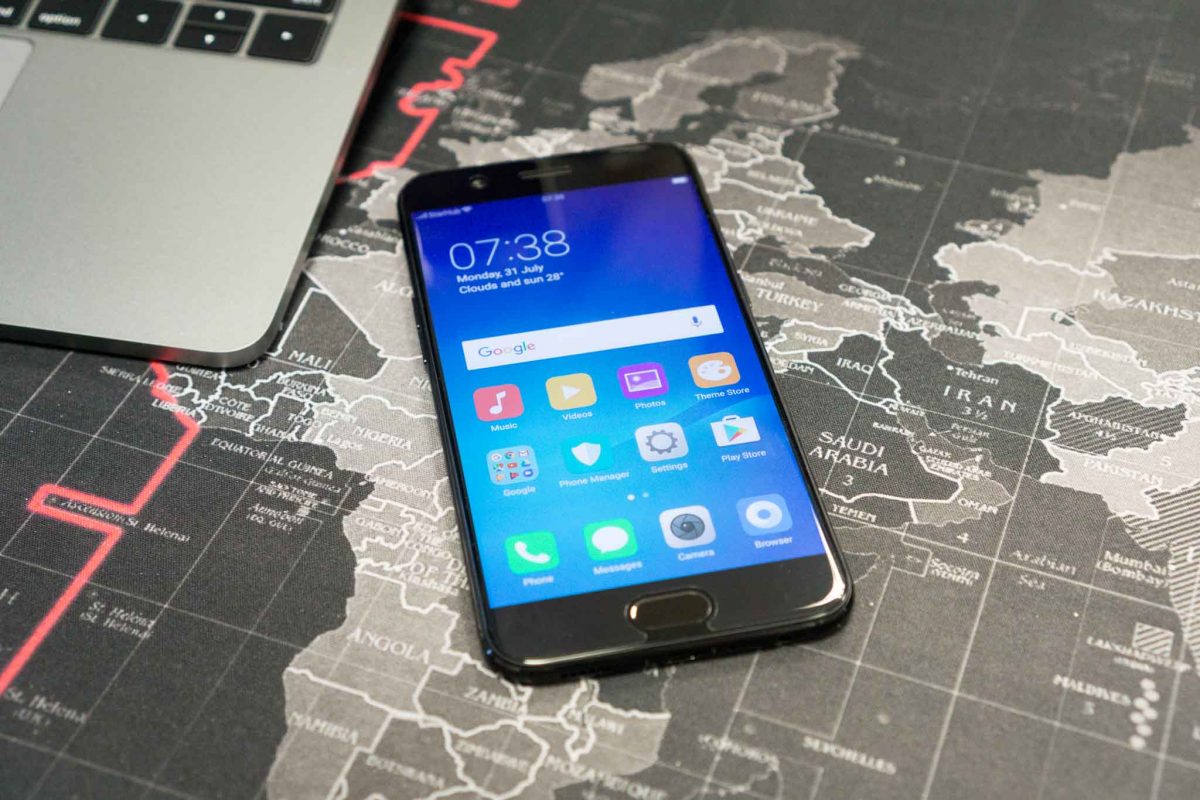
OPPO uses their own ColorOS, now at version 3.1, in the R11. It’s based on Android Nougat 7.1.1, so in that respect it is very up-to-date. I’m not a fan of ColorOS though, as I find that it has changed too much to the Android UI. To be fair, ColorOS isn’t difficult to use, and indeed it reflects OPPO’s attempt to bring itself closer to the iOS experience. But if you’re coming from another smartphone with a more standard Android UI, ColorOS has rearranged things around enough to be a little confusing.
The OPPO R11’s camera is good, but with so many other smartphones nowadays putting a priority on camera quality, the photos from the R11 would not be considered outstanding. In good lighting conditions, the R11’s photos are generally great, but once the light dims down, quality suffers significantly.
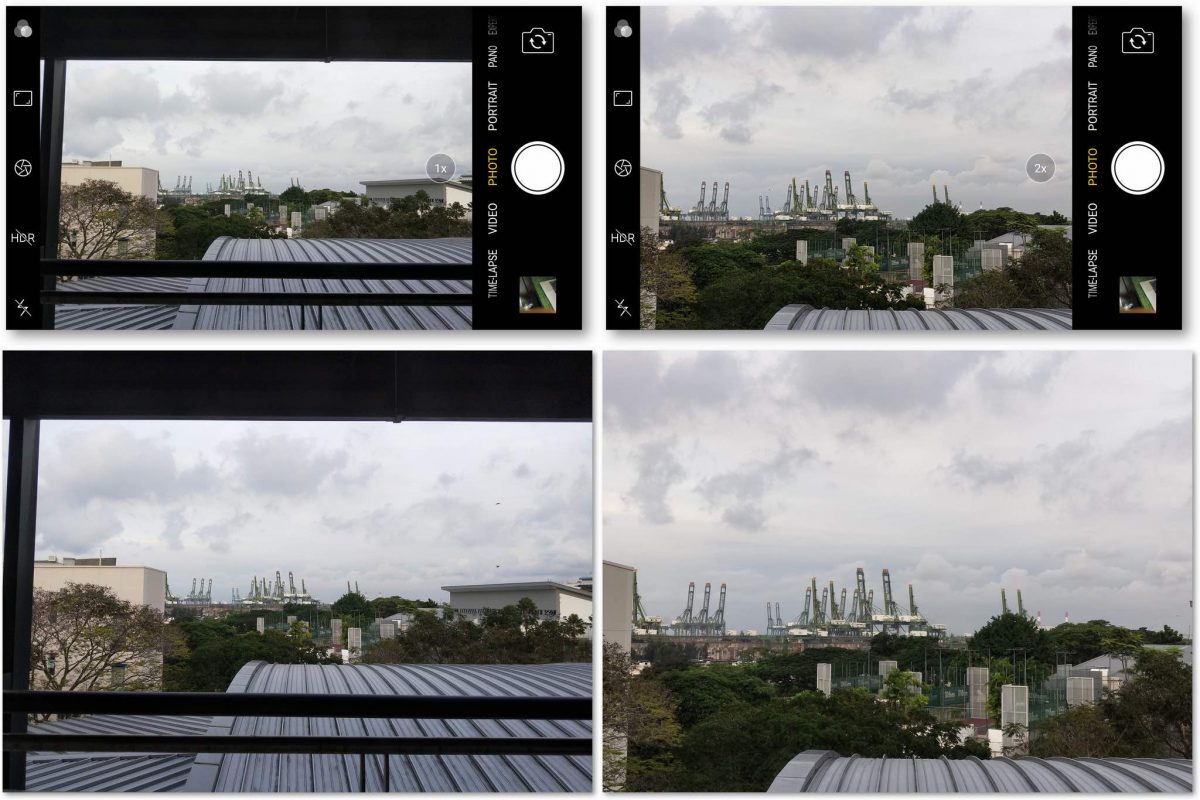
The 2x optical zoom coming from the second camera on the rear helps get in tighter shots without sacrificing quality. In fact, it’s the telephoto camera that has the higher-resolution of the two sensors on the rear. This dual-camera configuration, like on the iPhone, produces nice bokeh effects in portrait mode.
The OPPO R11 supports video capture up to 4K resolution with the rear cameras. Without OIS, however, footage can get quite shaking particularly when shooting with 2x zoom.
The camera app offers an expert mode that allows you to control some basic settings such as shutter speed, ISO and white balance.
In the box, the OPPO R11 is shipped with a charger, Micro-USB cable, earphones, and a silicon protective case. A screen protector is already pre-applied on the R11.
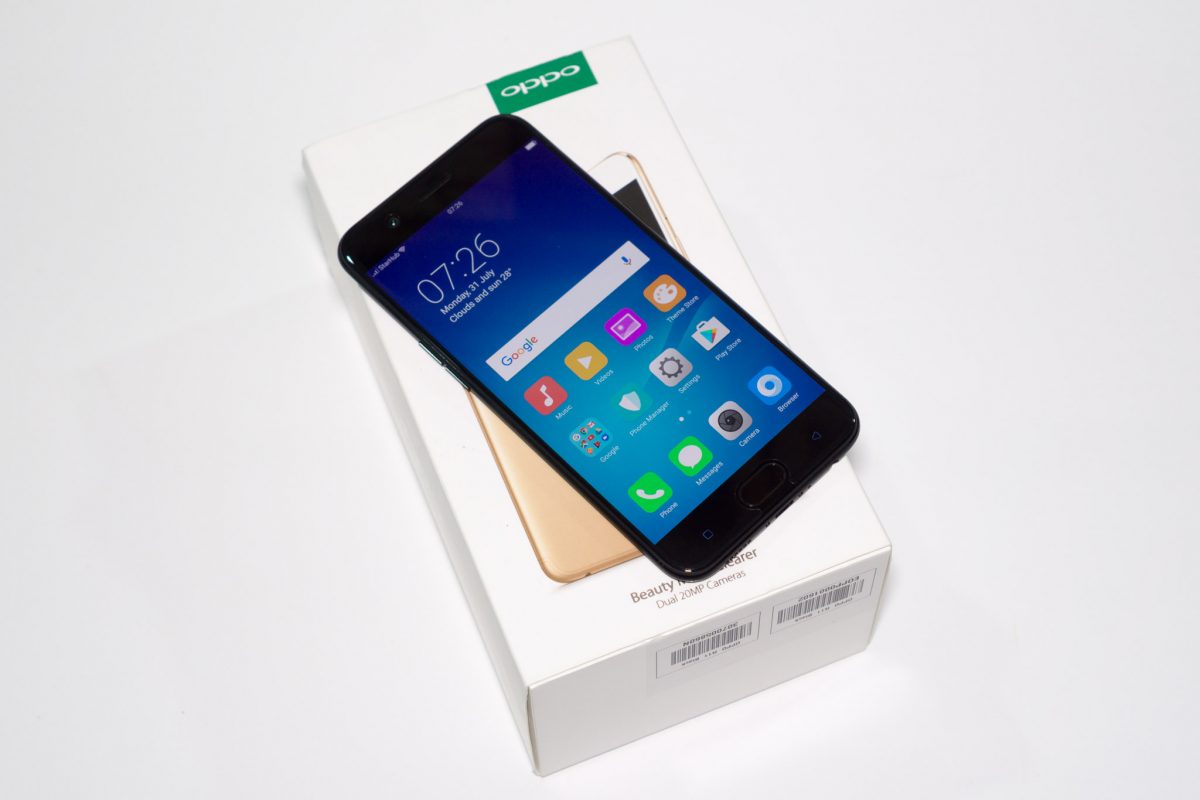
The OPPO R11 is available now, and it retails at S$699.
Conclusion
The OPPO R11 is affordably priced, but offers camera features more in-line with premium-spec’ed smartphones.
Pros:
- Dual rear cameras, for wide-angle and telephoto with 2x optical zoom
- Quick fingerprint reader
- Good battery life
Cons:
- No NFC
View Comment Policy